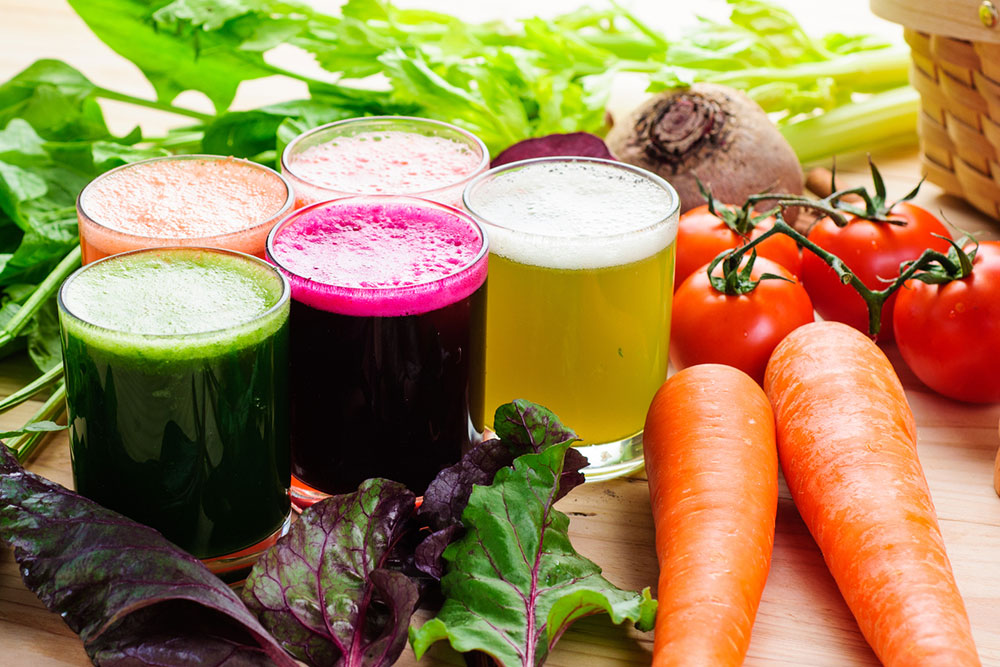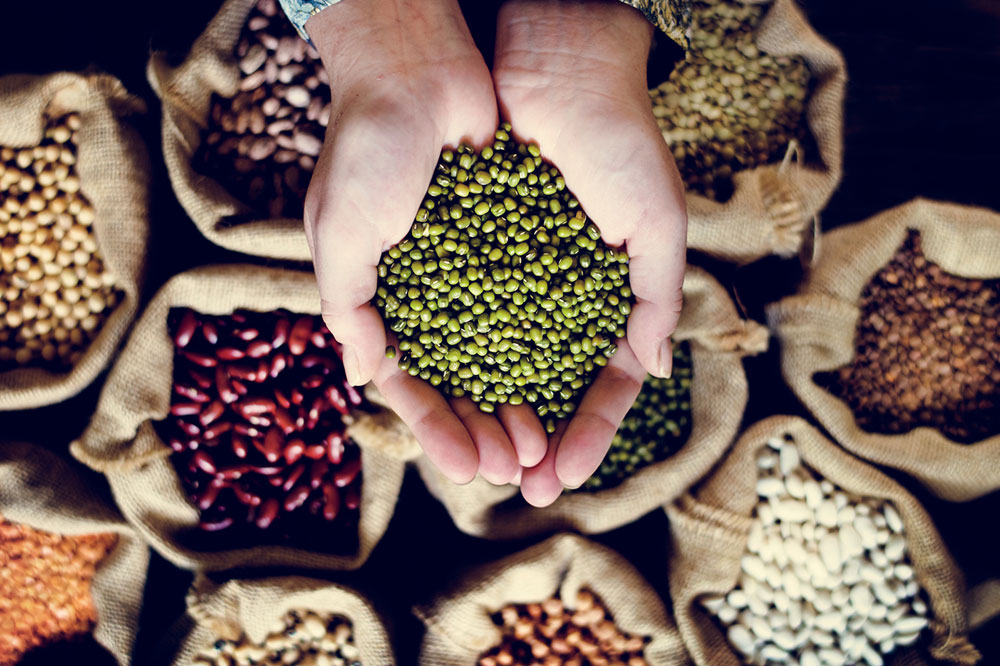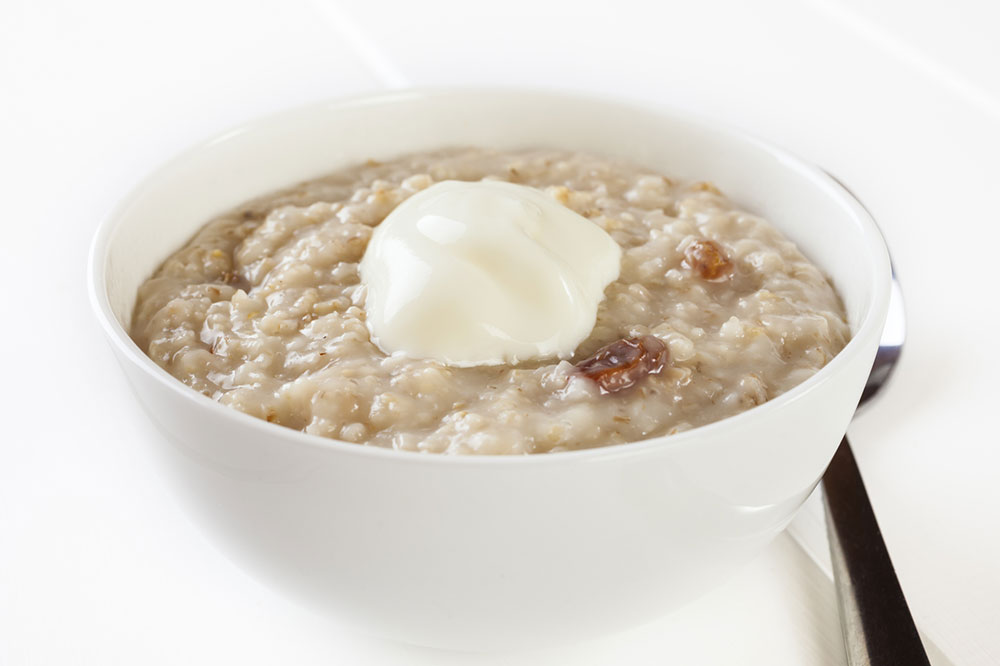
Diets & Meal Plans
5 snacks that can help lower cholesterol levels
5 snacks that can help lower cholesterol levels People who struggle with high cholesterol levels tend to begin thinking more about everything they eat. Whether it’s a bowl of fruit or a delicious hamburger, they are left wondering how their choices will impact their numbers. While it is tempting to skip snacking altogether, a healthy snack can go a long way in maintaining metabolism as well as blood sugar and cholesterol levels. Changing the kinds of foods one eats can not only lower cholesterol levels but also improve fat levels through the bloodstream. Here are some great snacks that are extremely helpful in fighting cholesterol. Popcorn Popcorn can be low in calories when one eats a smart serving size and avoids the salt and butter. What’s more, it’s a whole grain full of fiber. Popcorn can be easily made at home by air popping it and adding some olive oil and a little bit of parmesan cheese or a few seasonings for some extra flavor. Using olive oil instead of butter helps lower the bad LDL cholesterol and increase the good HDL cholesterol. Nuts Peanuts, walnuts, almonds, etc. are great for the heart and are powerhouses of energy. Some studies have even demonstrated that nuts slightly lower the levels of bad LDL cholesterol. According to the American Heart Association, one should eat ¼ th of a cup of nuts every day for a healthy heart. Vegetables Vegetables are a great source of essential fiber, vitamins, and minerals, all of which go a long way in helping lower LDL cholesterol. While they might not be the first snack that one voluntarily reaches out for, vegetables are required by the body. Vegetable snacking is easier when you buy pre-cut vegetables or prep some vegetables for a weekly ration. Snacking is made easier when you can simply grab a handful of carrots or bell peppers and dip them in some delicious hummus.












